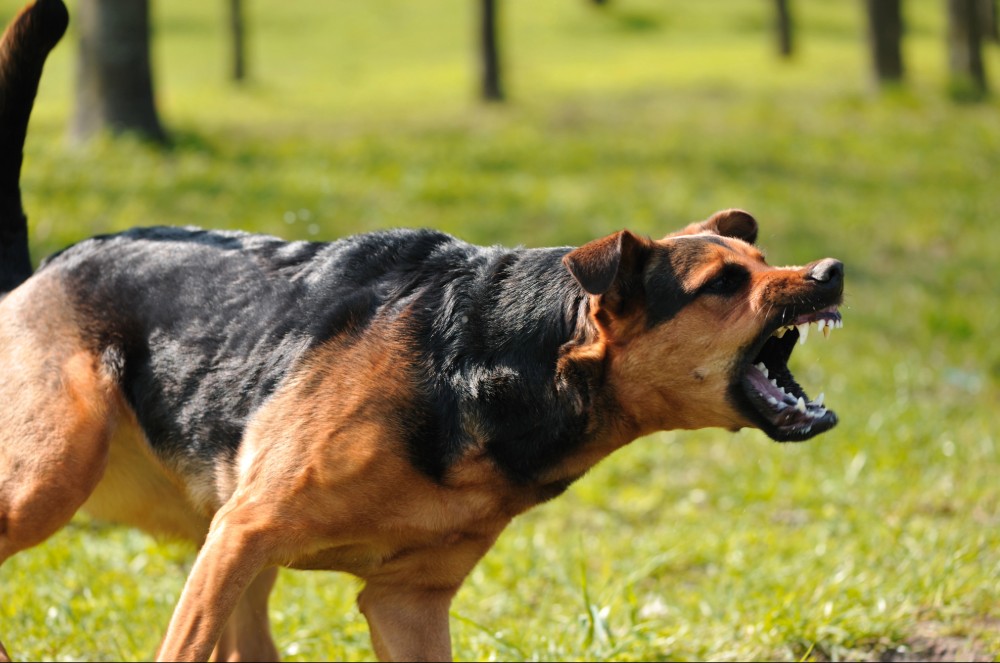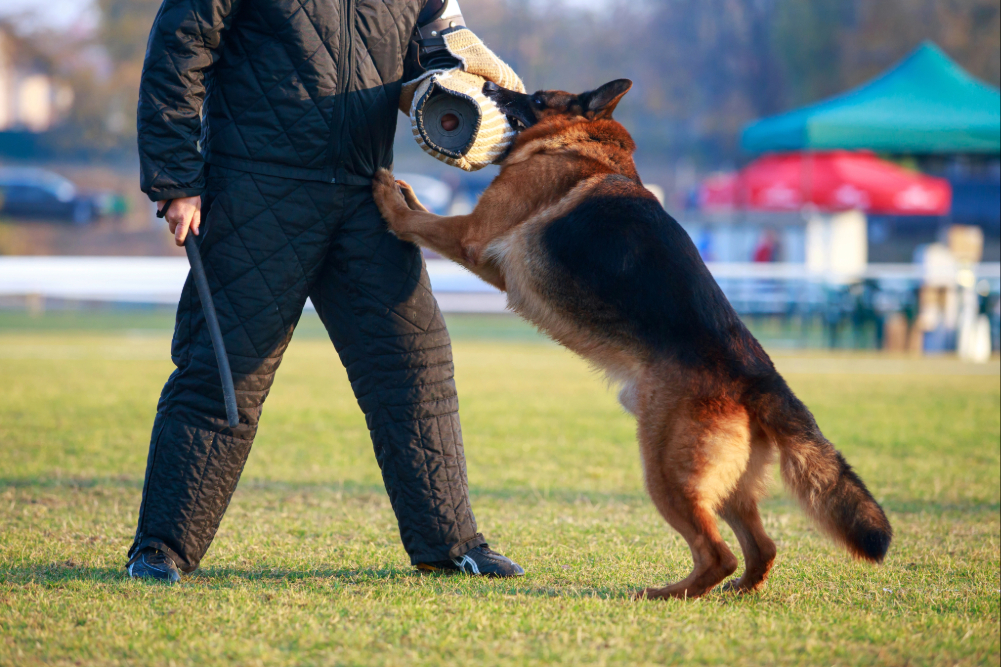
Dogs bark to communicate. It can mean excitement, alarm, boredom, or anxiety. The problem starts when the noise never seems to end, and tension fills the house. The goal is not to silence a dog, but to teach better choices and create a calmer rhythm.
To stop dog barking in a lasting way, start by understanding why it happens, then use clear steps to change what the barking means and what a dog does instead. This guide shows how to combine management, training, and daily structure to turn chaos into quiet without harsh tactics.
Start with Why: What Is the Bark Saying?
Every plan begins with observation. Barking at windows when people or dogs pass indicates alert or territorial behavior. Spikes during storms or when alone point to anxiety. Explosive barking at leash time or toys shows excitement.
Demand barking occurs when the dog stares at the pantry or treats. Once the pattern is identified, solutions match the cause. The most reliable way to stop dog barking is to shift the context so a dog can relax and make better choices.
Management: Cut the Triggers and Add Calm
Managing the environment lowers the volume fast and sets dog training up to work. For window barking, block views with privacy film or curtains and create a calm zone away from glass. For sound triggers, add soft music or a small fan for white noise and avoid long stretches of silent, hyper-vigilant time.
Before known trigger times, give a long-lasting chew or food puzzle so the mouth and brain are occupied. If a doorbell sets off a chorus, keep a leash near the door and park a dog bed out of the traffic path so you can guide a dog to settle instead of sprinting to the frame. Management is not cheating; it removes the constant rehearsal that keeps barking strong.
Teach an Incompatible Behavior: Quiet Has a Job
Barking and lying calmly on a mat cannot happen at the same time. That makes mat training a powerful anchor. Start in a quiet room. Place a bed or mat down, lure a dog onto it, and pay for any contact with the surface. Quickly move to paying only for downs and then for longer stillness. Feed on the mat so it gains “gravity.”
Add tiny distractions: stand up, sit down, walk a step, open and close a cabinet, always paying for staying. When that holds, link a cue, like “place.”
To stop dog barking during door events, rehearse a simple chain: knock sound on a phone, cue “place,” open the door an inch, close it if a dog gets up, reopen the moment the dog is back on the mat, and pay generously for staying. Over time, the door and the sound become cues to go lie down instead of barking.
Teach a Calm Cue: Quiet As a Behavior
A quiet cue is more than a word. First, capture silence. If a dog barks during play, pause and wait for two or three seconds of complete quiet, then mark with a gentle “yes” and continue the game or give a treat. Repeat several times until the pause arrives faster. Add the cue “quiet” right before the pause, then pay.
Use the cue near triggers like doors or windows only after the dog reliably responds in low-distraction situations. Keep the tone soft and calm. Loud corrections often increase arousal and intensify barking. Quiet training teaches the dog when to pause and rewards that choice, creating a calm foundation.
Countercondition Triggers: Make Scary or Exciting Things Predict Calm
For dogs who bark out of fear or strong emotions, the focus is on changing the emotional response first. Present a trigger at a distance or volume that the dog notices but can tolerate without tipping over.
When the trigger appears at this manageable level, feed small, steady bites of a favorite treat and stop as soon as the trigger disappears. Repeat these short sessions multiple times.
This pairing teaches that the trigger predicts good things only when the dog is calm enough to eat and look to the handler. As calm grows, close the distance a little. Progress is measured by soft eyes, easy breathing, and the ability to take food. This strategy helps stop dog barking because it reduces the driving force behind the behavior instead of trying to control the sound alone.
Give the Mouth a Job: Sniffing and Chewing Turn Down Noise
A dog cannot bark while sniffing for tossed treats. A simple “find it” cue, where a handful of small treats is scattered low on the floor or grass, can interrupt alert barking at windows or in the yard and redirect the brain into a quiet, foraging state.
Use it at the first sign of fixation rather than after full-blown barking starts. Chewing also calms. Offer safe chews or stuffed toys during moments that usually spark barking, like when neighbors are most active or during dinner prep. The more often the mouth is busy with the right thing, the less it is broadcasting to the block.
Fix Attention Barking: End the Payoff, Grow the Quiet
If barking has learned to push buttons – open doors, start play, deliver snacks – the fix is to break the pattern kindly and show the right way to ask. When the barking starts for attention, turn away and become boring. The instant silence arrives, even for two seconds, mark it and give what was wanted: a toss of the toy, a walk outside, a cue to come for petting.
With repetition, the light bulb turns on: quiet makes life happen. This is the fastest way to stop dog barking that is driven by “look at me.”
Leash Barking: Distance Is Your Friend
On walks, dogs often bark at other dogs or people because they feel trapped or frustrated. The most effective early move is distance.
Notice the space where a dog can see a trigger and still eat a treat and check in. Work at or beyond that distance. Every time the trigger appears, calmly say a focus cue and feed several quick, small treats while turning away and making a gentle arc.
The sequence becomes a pattern: see the thing, look to the handler, eat, move on. Over time, the arc can be smaller and the distance can close. The mistake to avoid is marching straight at triggers and hoping willpower will hold. Give the brain room to choose quiet.
Prevent Barking from Filling the Day
Boredom adds fuel to barking. The fix is not endless fetch, which can load a dog with adrenaline. Choose balanced activity: sniff walks where the leash stays loose and the nose leads the pace; short training games that pay for focus; calm puzzle feeders that take time without amping energy; and planned rest in a quiet spot.
Dogs need lots of sleep. Protecting naps after active periods lowers the baseline arousal that makes noise more likely. A smoother day makes it far easier to stop dog barking in the moments that matter.
Restore Calm and Confidence with Controlled K9
Aggression and nonstop barking are scary, but change starts with a clear plan and calm guidance. Controlled K9 specializes in customized dog aggression training in Virginia that targets the root cause, such as fear, stress, frustration, or past experiences, and replaces outbursts with composed, reliable behavior in real life.
Training is step by step: we begin with safe, controlled exposure at a level your dog can handle, pair triggers with positive outcomes, and build new habits through repetition and reward. Owners are part of every stage, learning simple routines to keep progress strong at home. From biting and lunging to excessive barking, our programs focus on emotional stability and practical skills that last.
Ready to help a dog feel secure and behave safely? Call or send a message to schedule an in‑person evaluation and get a tailored plan.




Comments